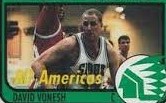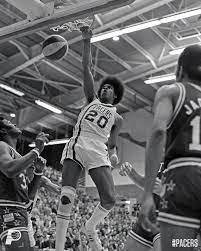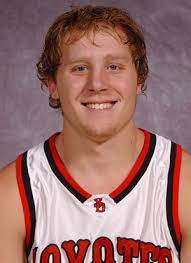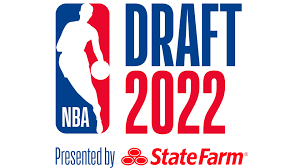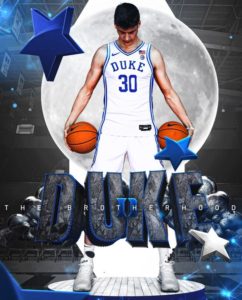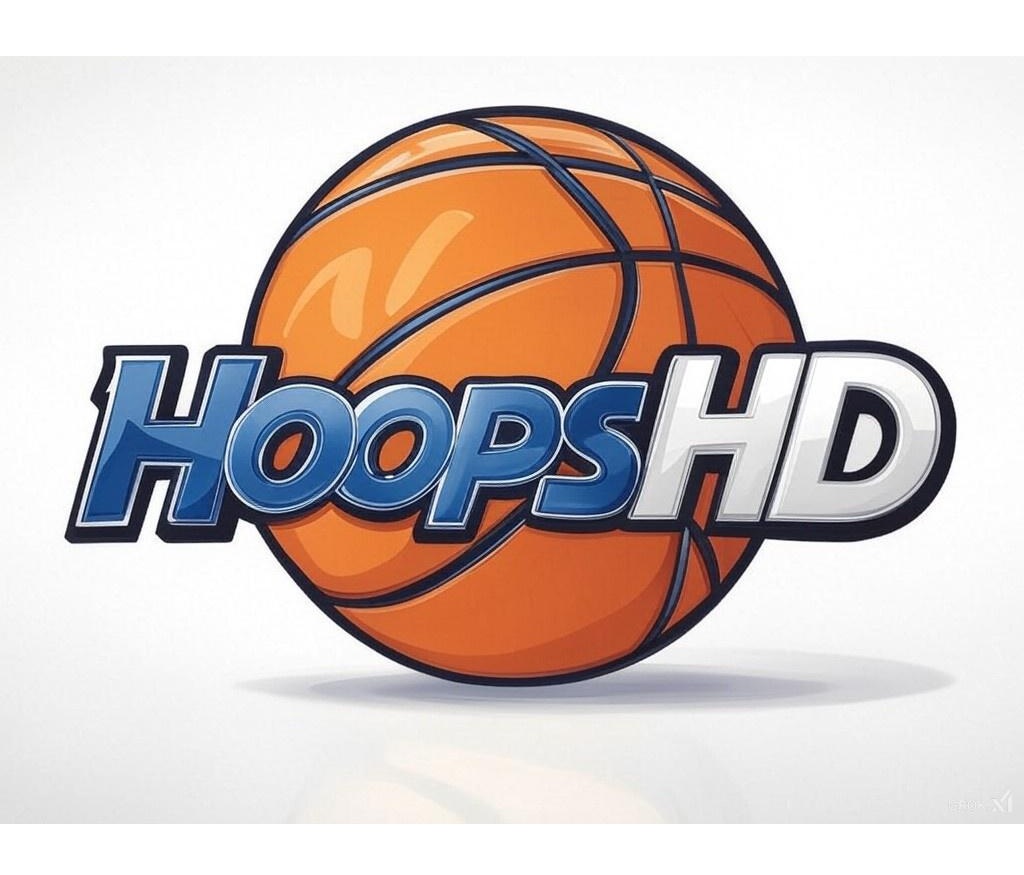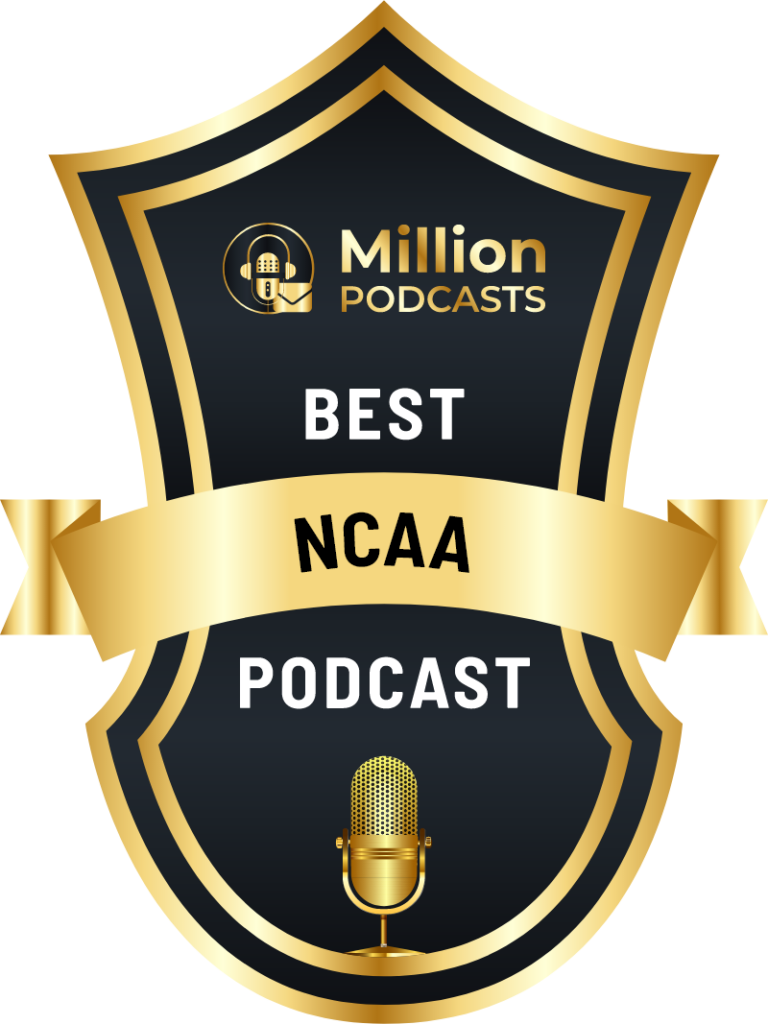The Dakotas have featured some quality basketball talent over the past several decades. We have seen North Dakota State upset Oklahoma in the 2014 NCAA tourney and Mike Daum graduate from South Dakota State in 2019 as the 7th leading scorer in D-1 history. Another name that belongs on that list is North Dakota’s Dave Vonesh, who graduated more than 30 years ago yet remains 1 of the best scorers/rebounders in school history. HoopsHD’s Jon Teitel got to chat with Dave about making the Elite 8 and being a great scorer. This year marks the 20th anniversary of Dave being inducted into the UND Athletics Hall of Fame in 2002 so we take this time to honor his life/legacy.
What made you choose North Dakota? I was born/raised there. I grew up in East Grand Forks, Minnesota, right on the North Dakota border, and attended Fighting Sioux games when I was younger. I thought that it would be a great fit for me. I was actually committed to go to South Dakota State after being recruited by assistant coach Brian Dutcher, who planned to drive in to meet with me. I called my high school coach the next day and said that I wanted to change my mind. Brian showed up, I told him that I wanted to go to UND instead, and he was okay with it.
You played for Coach Rich Glas: what made him such a good coach, and what was the most important thing that you ever learned from him? Rich is the all-time wins leader at the school and was always big on character. We are not perfect people and I have my flaws but I appreciated that he always held us accountable. He still emails all of us every 2-3 weeks even though he has been away from the school for 20 years: that does not happen with many coaches. He made me the man I am today and he still wishes me a happy birthday every year.
As a sophomore you broke your foot and your team went 8-20 without you: where does that rank among the worst years of your life? I tell my own kids that you need to know how to deal with adversity. I really struggled that year and had to find that drive again after getting on the “pity potty”. I think it made me a better person/player: being humbled is always good and it stokes the fire back in you. Life is not easy: looking back on it now it made me better.
In 1991 as a senior you went 29-4 and advanced to the D-2 Elite 8: how were you and the team able to turn things around after that bad season just 2 years earlier? During my junior year we went 28-7 and returned almost everybody. We had some good players who were recruited by assistant coach Greg McDermott and had plenty of scoring options/depth. There was nothing magical: even from that 20-loss team we had 6 guys who stuck around for that 29-win team. We had a lot of great pieces that just melded together. We had a tenacious PG in Rico Burkett and the school’s all-time leading scorer in Scott Guldseth. We had 4 of the best scorers in school history who all grew up within 80 miles of the school!
That year you were named 1st-team All-America/conference POY: what did it mean to you to receive such outstanding honors? I never cared about setting records or getting stats: I am proudest of our team’s success. I can still go out with any of those guys and have a beer and we do not miss a beat. We created great friendships and were part of a great team: I would not have gotten anywhere without my teammates because they made me better, and Rich always kept it in perspective for us.
You graduated as the all-time leading scorer in school history with 2053 PTS: what is the secret to being a great scorer, and how did it feel to have your former teammate Guldseth break your record 2 years later? You need to decide whether you want to be good or great. My dad had to install a chain-link net on our basketball hoop while I was growing up because I shot 6 hours/day and wanted to be great. Even in 7th grade I was a B-team player and then I had a growth spurt and eventually made it onto the A-team. I was never the most talented player but I knew that I could out-work you. I was not a great practice player but I could turn it on for a game.
In 2002 you were inducted into the UND Athletics Hall of Fame: where does that rank among the highlights of your career? It goes back to having great teammates and it was a great honor. I had them over to my house so I could share it with them. I love the university and it was really fun to be inducted.
You currently teach science/coach basketball at Valley Middle School in North Dakota: how do you like the job, and what do you hope to do in the future? I taught for 25 years and have 5 years left until I retire. I initially struggled while trying to figure out what to do after retiring as a player but I love teaching/coaching kids. It has been a very rewarding career to be in education and I am very fortunate. It has been a great ride and we will see what happens in 5 years. I want to retire down to Florida and swim with my 4 kids.
Your sister Dianne played basketball/volleyball and your nephew Matt plays baseball: who is the best athlete in the family? My sister was a phenomenal athlete and won state championships while in junior college. My parents did not know they were having twins so we were actually born 8 hours apart on different days! She would say that I was the best but there is no doubt in my mind that it was her.
When people look back on your career, how do you want to be remembered the most? If you asked my teammates they would say that I was a fierce competitor. When it was game time I was a different guy who wanted to win.

